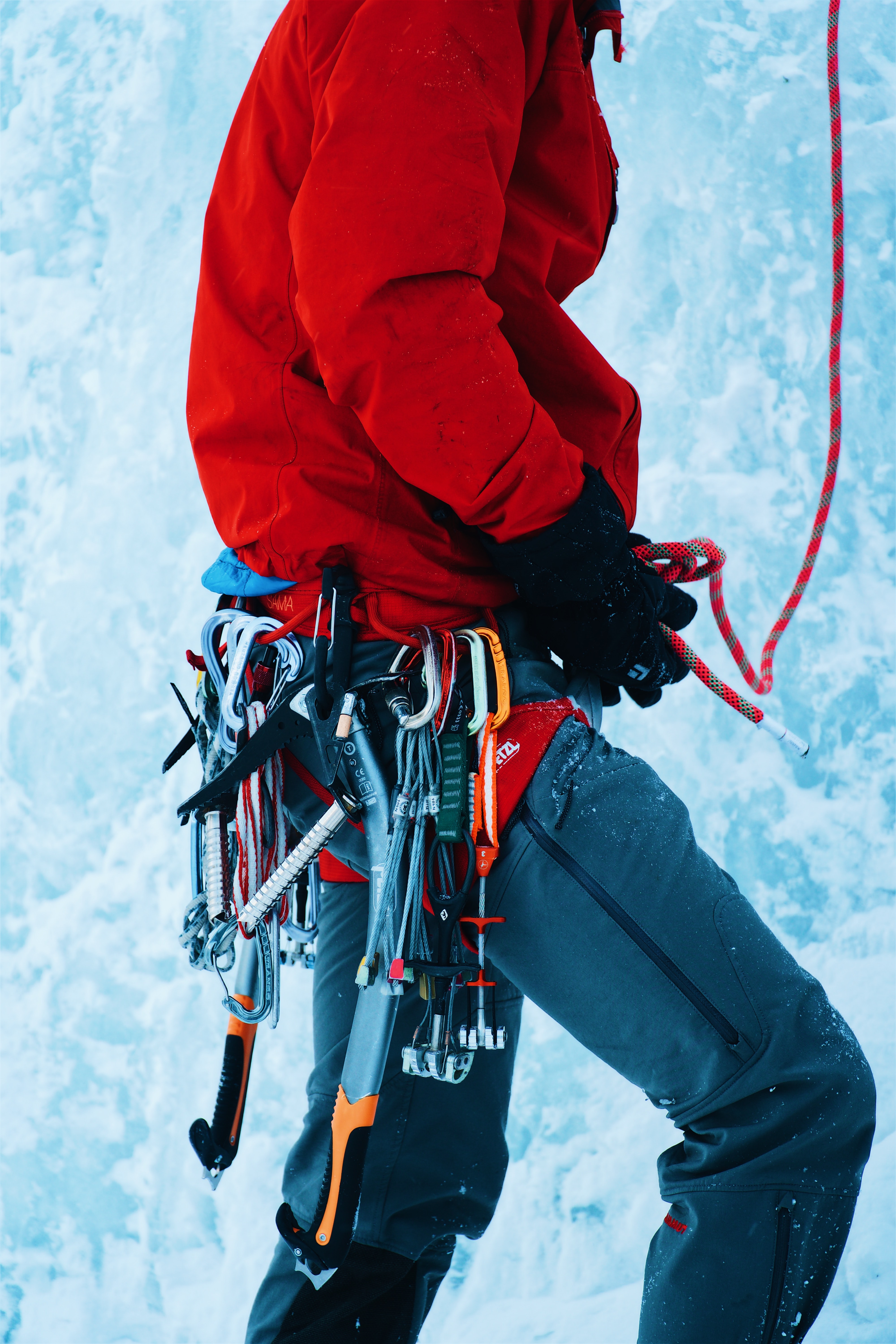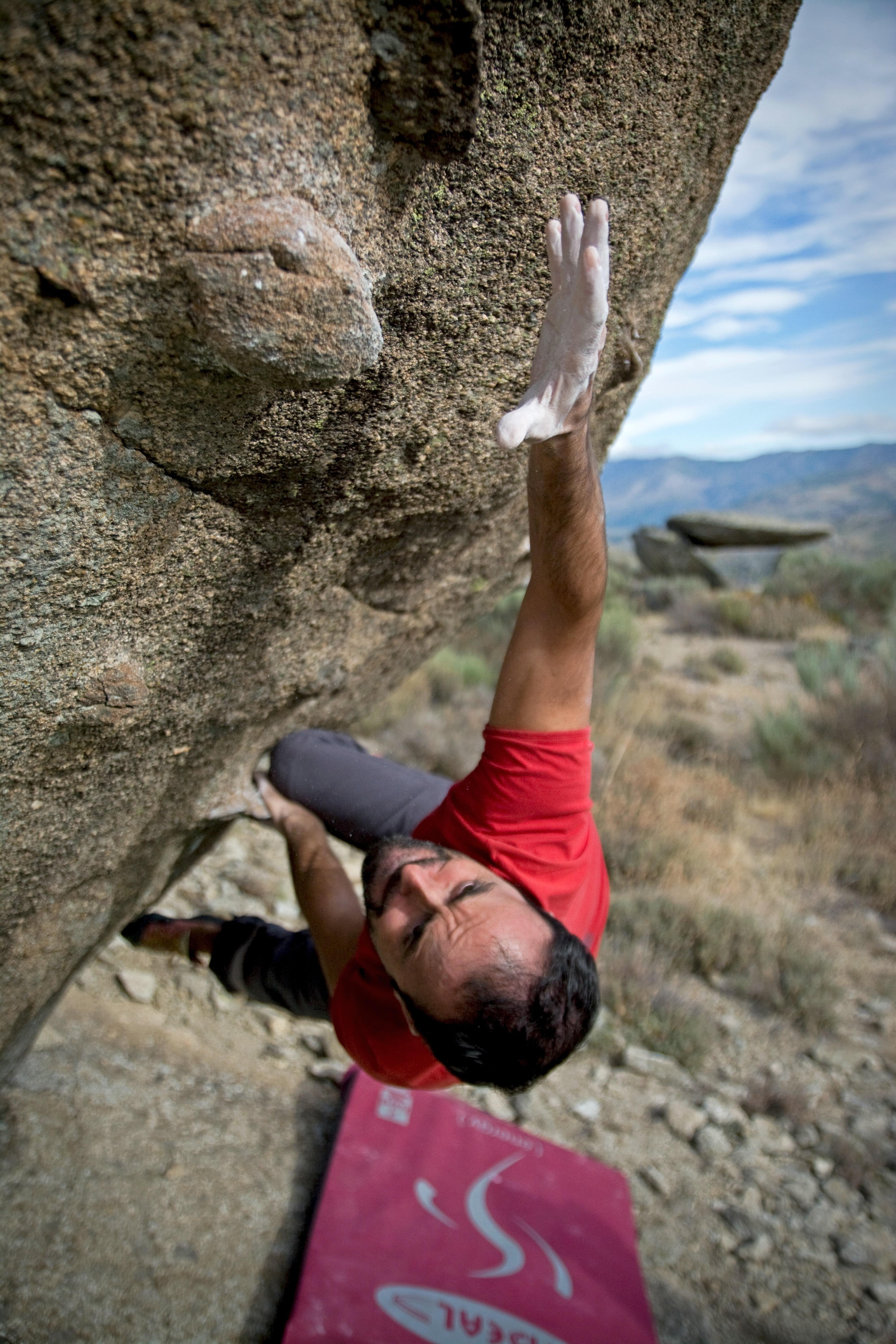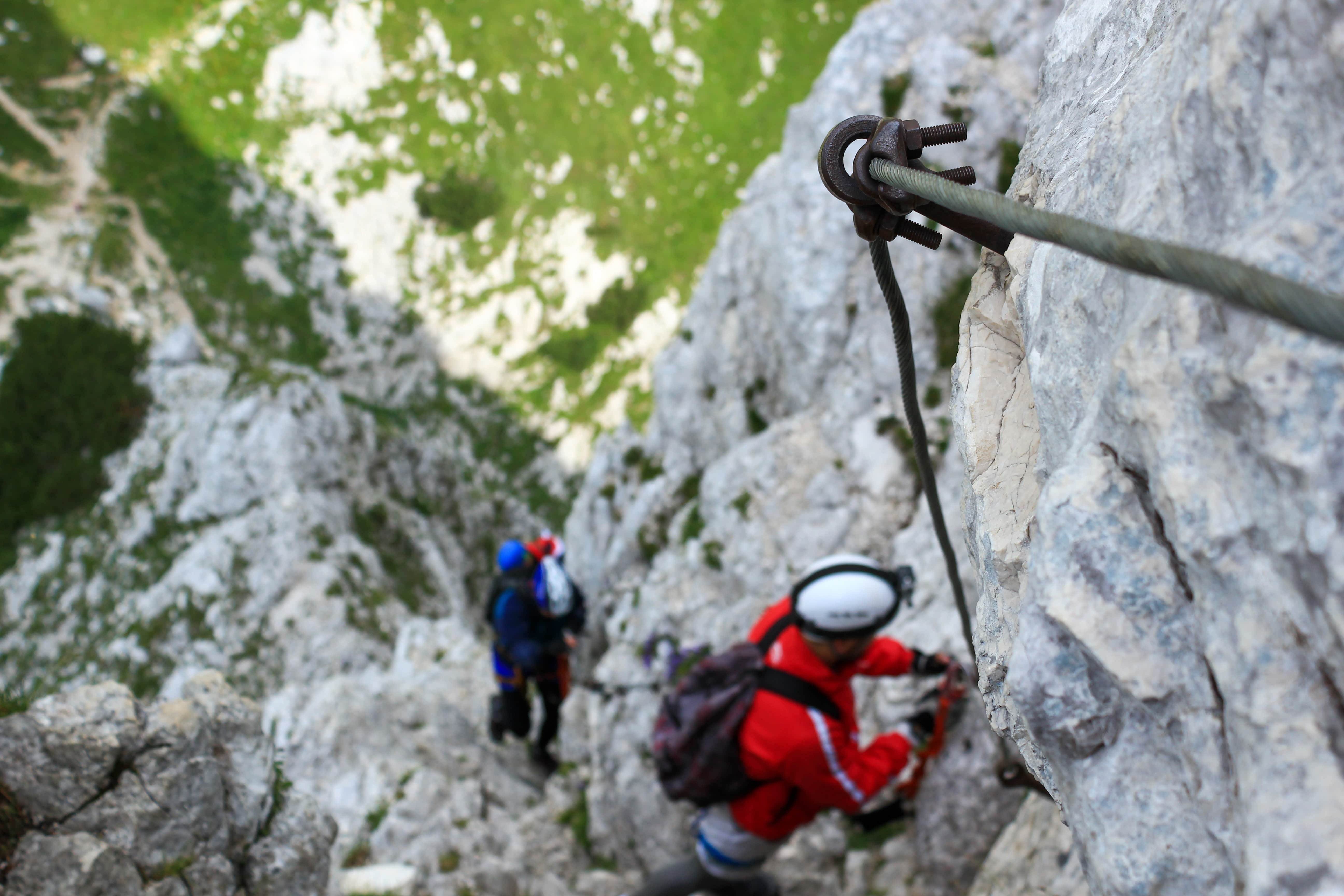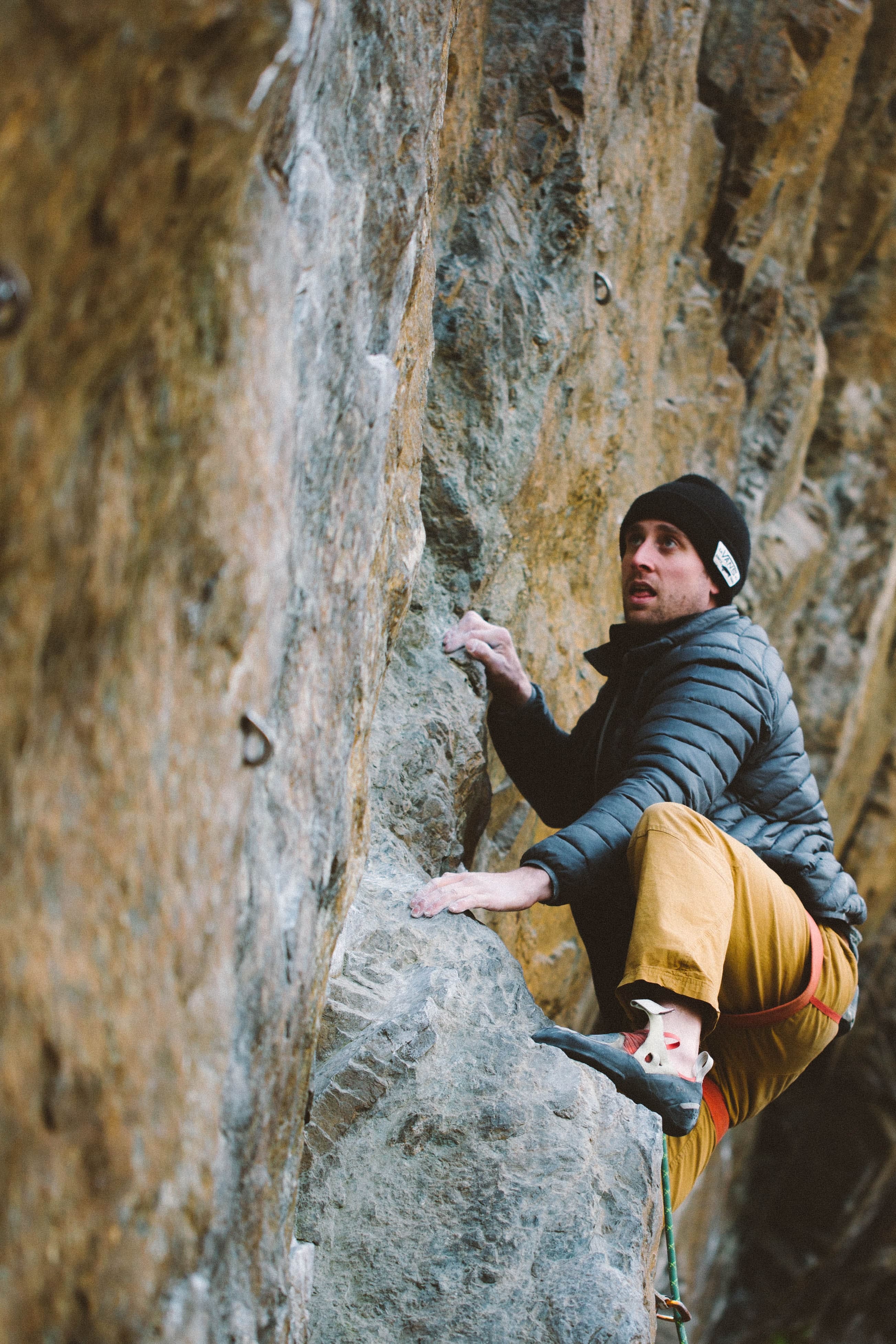




Climbing to reach the top of a mountain can be a rewarding experience. Along with the thrills of climbing itself, mountain summits often offer sweeping views and uniquely solitary environments.
However, it's important to understand the health and physical challenges you may face when seeking adventure at high altitudes.
It's essential to wear proper gear for hiking and mountain climbing. Wear clothing that allows you to move and maneuver comfortably. Choose well-fitting shoes that provide ankle support, stability, and grip.
If you're hiking on rocky trails, use one or two walking poles to help maintain your balance while navigating uneven terrain. A pole will also take some of the physical impact off your knees, hips, ankles, and lower back. The air is thinner at high altitudes. This can lead to extreme and rapid changes in temperatures. Pack layers of clothing that you can add or remove as needed. Don't forget rain- and windproof outerwear made of lightweight material.

You should also bring something to keep the sun out of your eyes, such as a brimmed hat and sunglasses.
Also, don't forget the sunscreen. The sun's rays tend to be more intense at higher altitudes, especially if reflecting off of snow. Insect repellant is important during warmer months, while light-colored clothing can be cooler and less attractive to pests.
When you're high up in the mountains, you may be far from civilization and access to sustenance. Remember to carry food and water for your trip. Staying hydrated can be challenging because you perspire more at higher altitudes.
Carry all of your extra gear and food in a backpack with at least two straps. Make sure your backpack fits snugly and has padded straps and a waist belt.

Besides the hardship of hiking up a mountain, the high altitude itself can cause serious health concerns.
Acute mountain sickness (AMS) is the most common altitude-related disorder. It's commonly known as altitude sickness. Its primary symptom is a severe headache, but other symptoms may include:
Nausea
Fatigue
Dizziness
Drowsiness
Insomnia
Some other altitude-related disorders include:
high-altitude pulmonary edema (HAPE)
high-altitude cerebral edema (HACE)
peripheral edema, which causes your hands, feet, and face to swell
altitude throat
altitude bronchitis

Always take AMS seriously because it may put you at risk for HAPE or HACE. These are very serious life-threatening conditions.
HAPE happens when excess fluid collects in your lungs. It can cause shortness of breath, difficulty breathing, and coughing up frothy or bloody sputum.
HACE happens when fluid collects in your brain. Along with severe headache and vomiting, it can also cause confusion, uncharacteristic behavior, drowsiness, difficulty walking, and loss of consciousness.
With proper preparation and careful attention to safety, high-altitude hiking and mountain travel can be a fun, challenging, and truly inspiring experience. Always pack appropriate gear. Take time to acclimatize yourself to higher altitudes. And ask your doctor about the potential benefits of taking acetazolamide and iron supplements.
Subscribe to our Newsletter for the Latest Updates.
